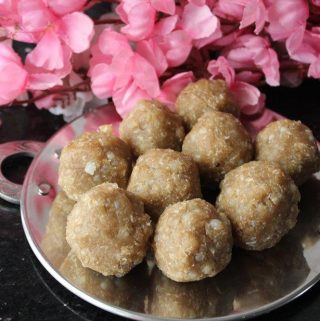Rice Sago Sweet Kolukattai is a traditional South Indian delicacy made with a blend of rice flour, sago (sabudana), jaggery, and coconut. The dish is steamed into small, bite- sized dumplings, offering a perfect balance of sweetness and flavor. The sago provides a chewy texture, while the jaggery adds a rich, caramel-like sweetness. Cardamom powder enhances the aromatic flavor, and the grated coconut adds a delightful crunch. This steamed kolukattai is a popular dessert during festivals or as a light snack, often served with a drizzle of coconut milk. Whether you’re preparing it for a celebration or a simple meal, rice sago sweet kolukattai is an easy-to-make, nutritious, and satisfying treat.


Rice Sago Sweet Kolukattai Recipe
Kozhukkattai, கொழுகட்டை or Kozhukatta is a popular South Indian dumpling made from rice flour, with a filling of grated coconut, jaggery, or chakkavaratti. Kozhukattai, although usually sweet, can sometimes be stuffed with a savory filling. Modak is a similar dish made in other parts of India. Kolukattai is made many different ways. I have shared a variety of kolukattai over the years.
Jump to:
About Rice Sago Sweet Kolukattai
I first tasted Rice Sago Sweet Kolukattai at my grandmother’s home during a Pongal celebration, its soft, chewy texture and sweet coconut-jaggery filling instantly won me over. This traditional South Indian steamed sweet is made using idiyappam flour, sago pearls, grated coconut, and melted jaggery, flavored with a hint of cardamom powder.
It’s naturally gluten-free and perfect for festive sweets, easy Indian desserts, or even as a wholesome snack. The richness of jaggery-based sweets paired with the freshness of coconut gives it an authentic homemade flavor.
It’s not just a steamed Indian dessert, it’s a comforting dish that brings back memories of festive mornings and family bonding. Whether served warm or at room temperature, it’s a sweet that feels both light and indulgent. You can also shape the kolukattai into small balls or dumplings, making them easy to serve and eat.
What makes it stand out is its perfect blend of textures, soft rice flour dough, chewy sago, and sweet coconut filling. The subtle aroma of cardamom and earthy jaggery bring depth to each bite. This humble sweet is steamed instead of fried, making it a healthier choice without sacrificing flavor.
It’s a great way to use pantry staples creatively while staying true to traditional roots. Whether you’re looking to explore Tamil sweet recipes, impress guests with a festive treat, or just indulge in a comforting homemade dessert, Rice Sago Sweet Kolukattai is a must-try. It’s a beautiful reminder of how Indian cuisine celebrates simplicity with soul.
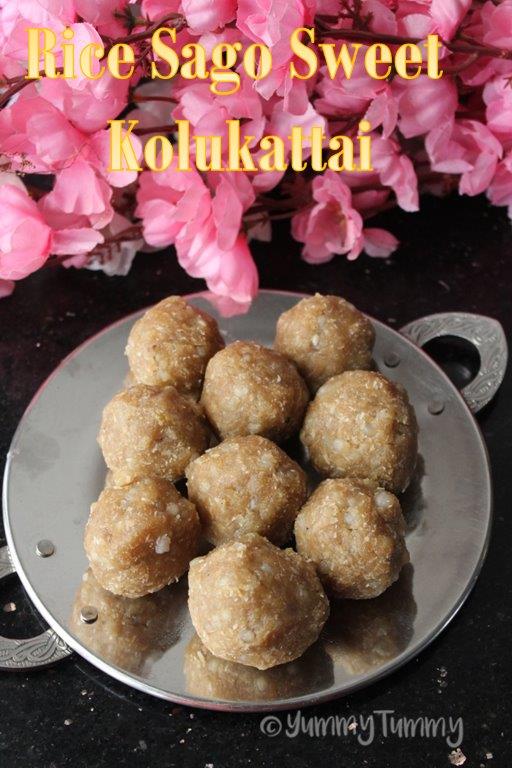

Why this recipe work?
Perfect Texture Combination: The mix of soft rice flour dough and chewy sago creates a unique bite. Each mouthful has a pleasant contrast between the smooth outer layer and the slightly bouncy center.
Naturally Sweet and Flavourful: Using jaggery adds a deep, caramel-like sweetness that pairs beautifully with cardamom and coconut. It’s naturally sweet without being too heavy.
Why I love this recipe – There’s something so soothing about the soft texture, the gentle sweetness, and the aroma of cardamom, it feels like a warm hug in food form. This is one of those recipes that instantly takes me back to family celebrations, festivals, and time spent in the kitchen with loved ones. With just a few pantry staples, I can make a sweet that feels special without spending hours in the kitchen. I can switch up the filling, use flavored jaggery, or even shape it differently. It’s a flexible recipe that still tastes amazing every time.
Light and Steamed, Not Fried: Since it’s steamed, this sweet stays light and easy to digest. It’s perfect for festive occasions or as a gentle snack without the guilt of deep- frying.
Simple Ingredients, Big Flavour: Every ingredient is common and wholesome, yet they come together to make something that tastes special. No fancy items needed, just kitchen basics with great results.
Tradition Meets Comfort: This recipe brings the warmth of South Indian tradition with the ease of a homemade dessert. It carries nostalgic value while being easy enough for everyday cooking.
Ingredients
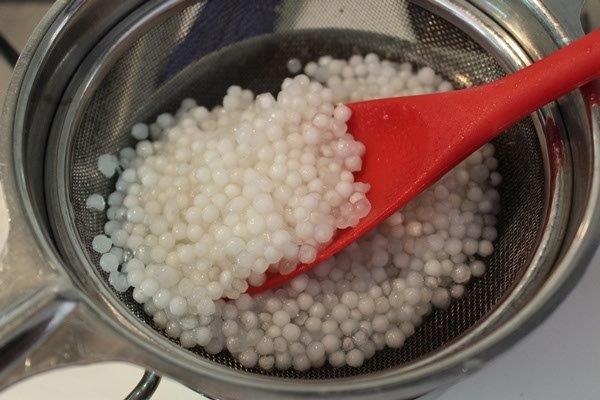

Store-Bought Idiyappam Flour: This finely ground rice flour makes a smooth, soft dough perfect for shaping traditional steamed sweets.
Jaggery / Sarkarai: A natural sweetener with rich, earthy notes that adds depth and warmth to the filling.
Sago / Sabudana: These small pearls add a fun, chewy texture and help balance the softness of the rice dough.
Cardamom Powder: A fragrant spice that lifts the flavor of the sweet, giving it a comforting, traditional aroma.
Grated Coconut: Adds natural sweetness and texture to the filling, making it rich and satisfying with every bite.
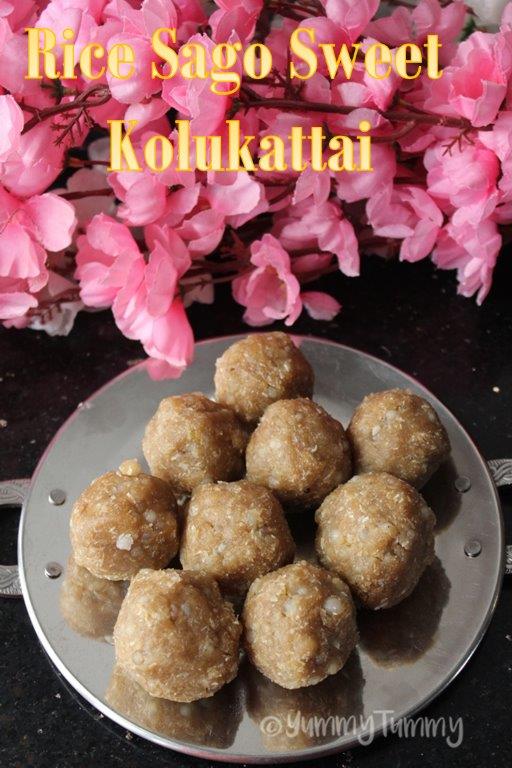

Hacks
- Soak sago (sabudana) for at least 1–2 hours or until it turns soft. This helps it cook faster and blend well into the dough without turning hard or chewy.
- Use warm water while mixing the rice flour. It helps form a smooth, crack-free dough that’s easy to shape into dumplings.
- Always melt and strain jaggery to remove any dirt or residue. This keeps the filling clean and smooth in texture.
- Add just enough filling so the kolukattai closes easily and holds its shape while steaming. Too much filling can cause it to break open.
- Keep the rice dough covered with a damp cloth while you work. This prevents it from drying out and cracking.
- Steam on medium heat for even cooking. Too high a flame can make the outside cook too fast while the inside stays raw.
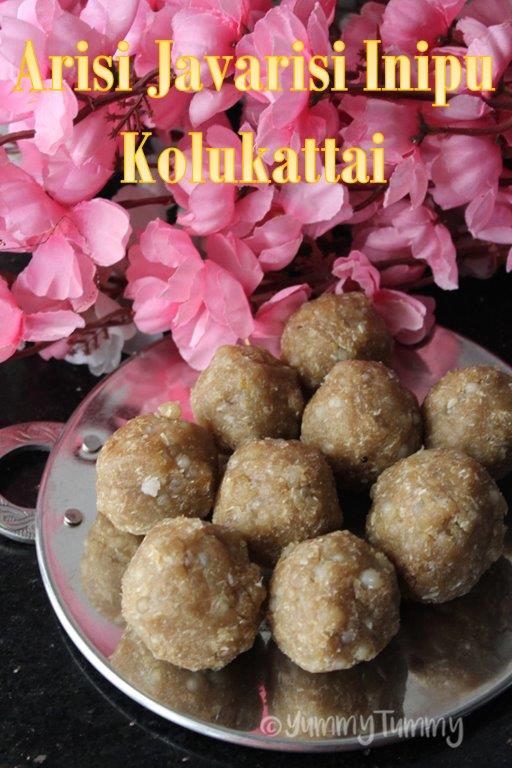

Rice Sago Sweet Kozhukattai (Step by Step Pictures)
1)Soak sago for 30 mins.
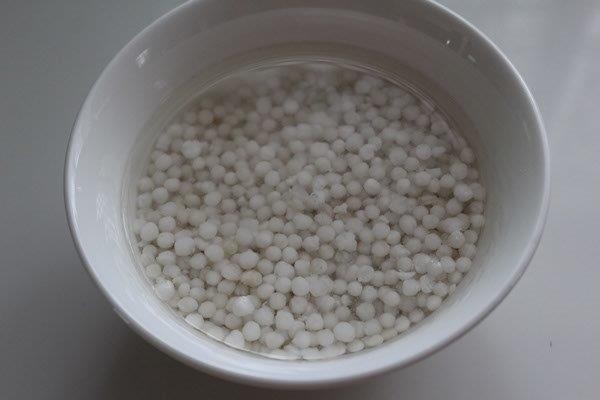

2)Take it in a sauce pan and cook till transparent and tender
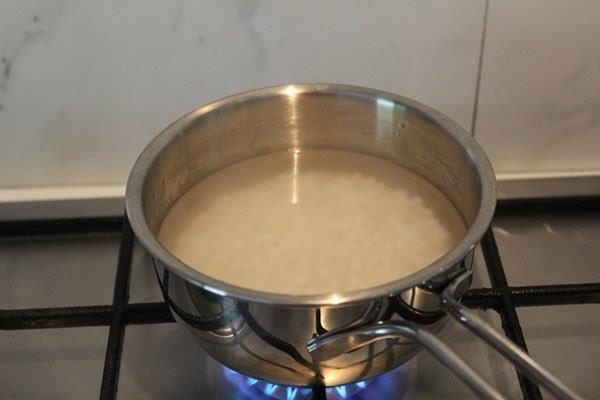

3)Drain it.


4)take jaggery in a pan
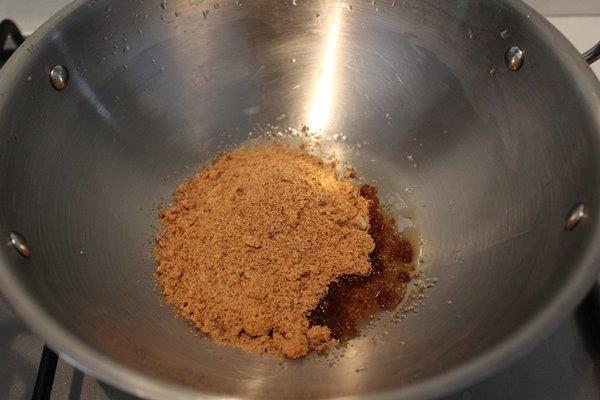

5)Add little water
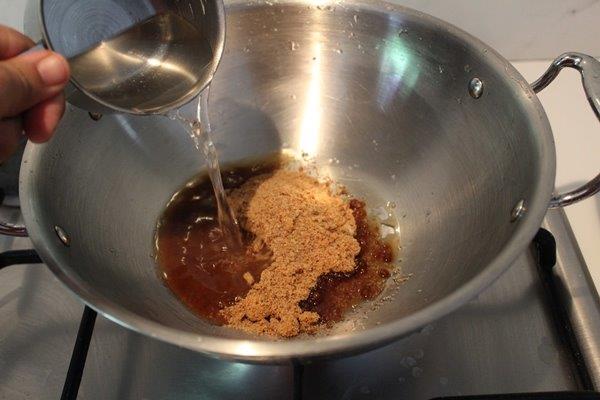

6)Bring it to a boil
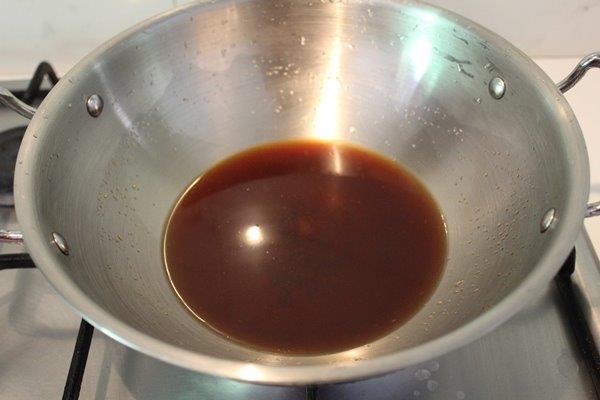

7)Add cooked sago
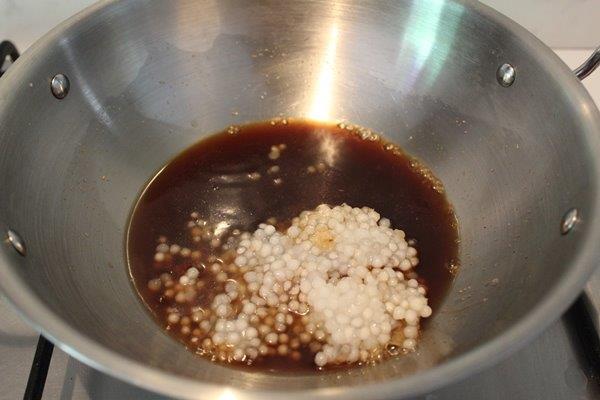

8)Mix well and simmer for 2 mins
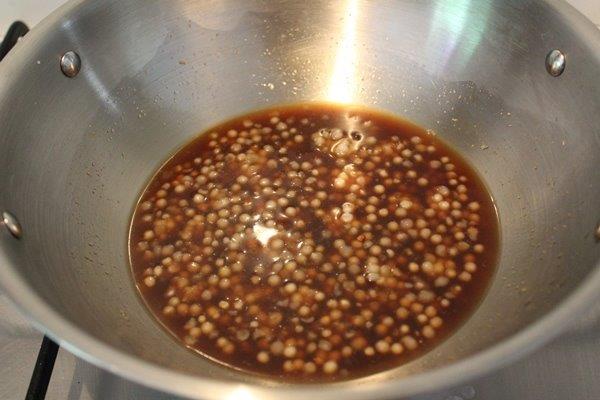

9)Add cardamom powder
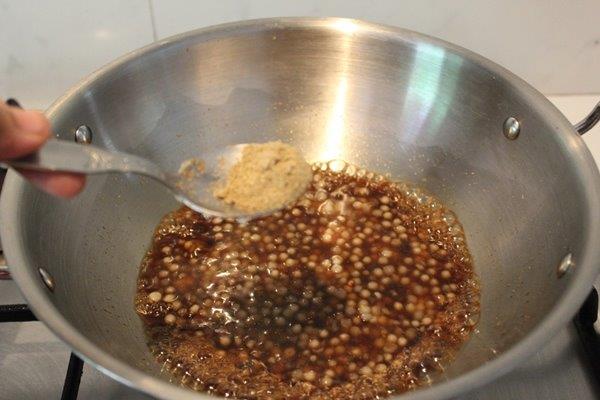

10)Add in coconut
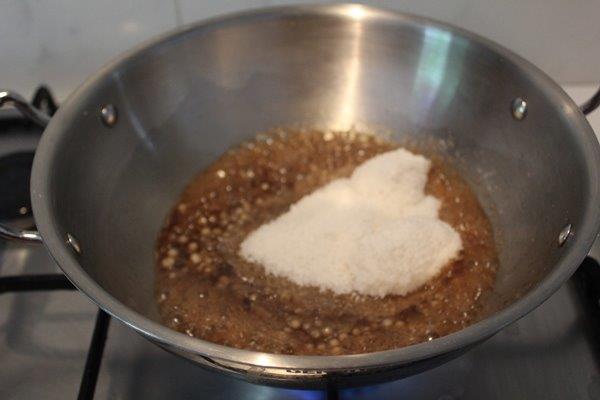

11)Add in rice flour
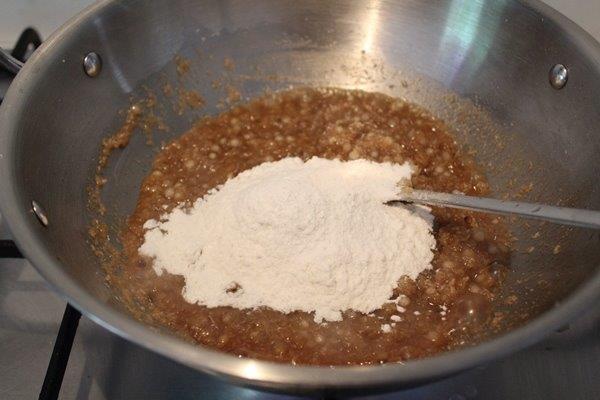

12)Mix well
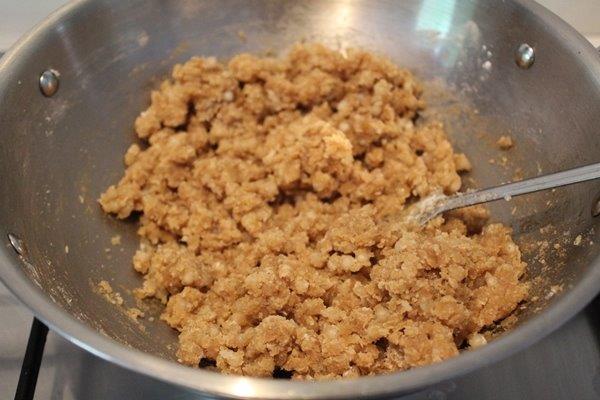

13)Take small portion
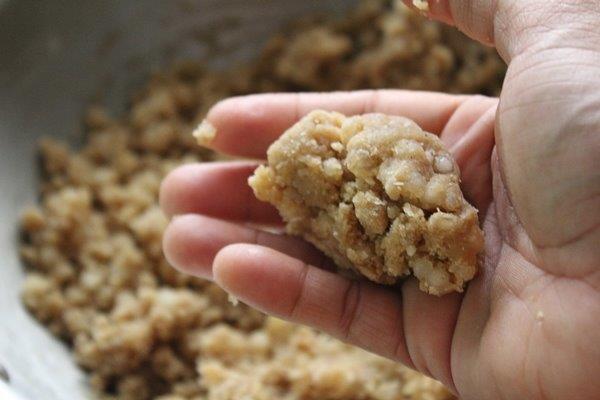

14)Shape it into ball
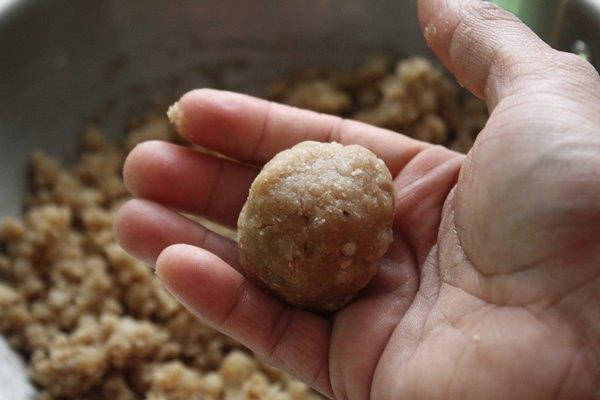

15)time to steam
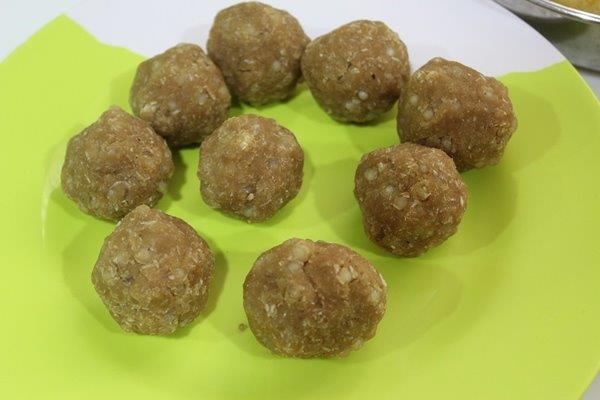

16)Place in a steamer
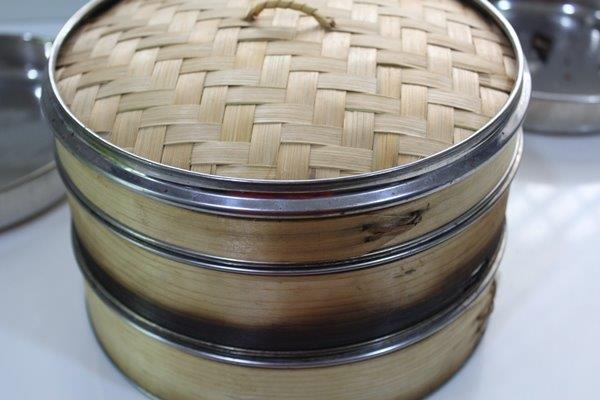

17)Steam for 10 mins
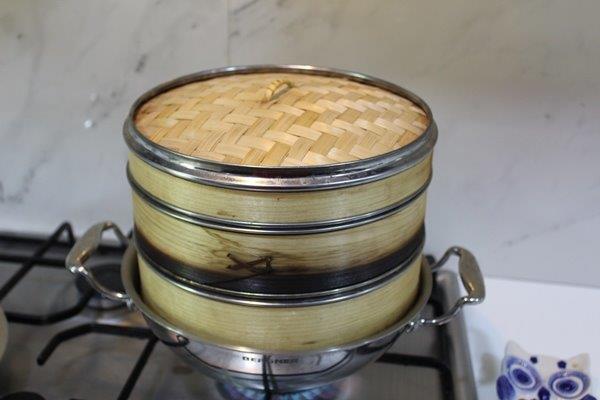

18)Enjoy
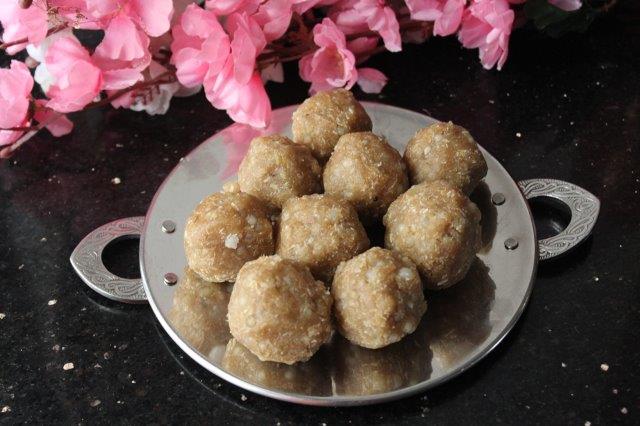

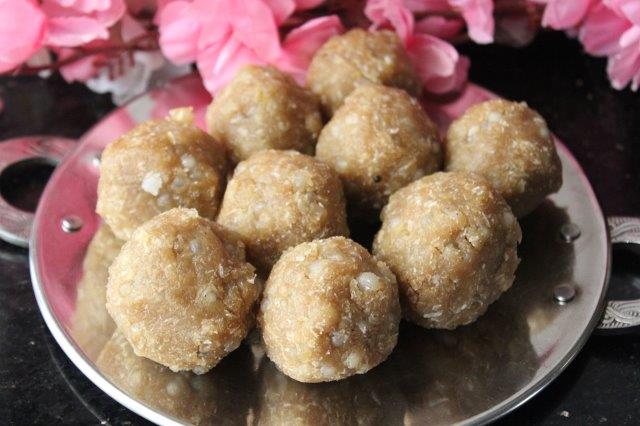

Expert tips
- Always use fresh, high-quality jaggery for the best flavor. Melt and strain it to remove any impurities that may affect the texture of your kolukattai.
- Steam the kolukattai on medium heat to ensure even cooking. Too high a temperature can lead to unevenly cooked dumplings, while low heat might not cook them thoroughly.
- Lightly grease your hands with a little ghee or oil when shaping the dough into balls. This prevents the dough from sticking to your hands and ensures smooth, well-formed kolukattai.
- When filling the kolukattai, avoid overstuffing. The dough should fully enclose the filling to prevent it from spilling out during steaming.
- If you’re making a large batch, steam the kolukattai in batches, allowing enough space between each to ensure even cooking.
- Before shaping the dough, allow it to cool down slightly. This makes it easier to handle and shape into neat balls.
Variations
Rice Sago Kolukattai: A traditional South Indian made with rice flour and sago pearls, this steamed dumpling is filled with coconut, offering a perfect balance of chewy and soft textures.
Kara Pidi Kolukattai: A savory version of the traditional kolukattai, this is made with rice flour, spiced with curry leaves, mustard seeds, and a touch of chili, making it a great snack or meal addition.
Kuih Sago Recipe: A popular Southeast Asian dessert made from sago pearls, this sweet dish is infused with coconut milk and sugar, creating a soft and chewy treat often served chilled.
Kambu Inipu Kolukattai: A healthy twist on the classic kolukattai, this version uses pearl millet (kambu), offering a nutty flavor and a hearty, nutritious filling with jaggery and coconut.
Banana Kolukattai Recipe: This variation of kolukattai uses ripe bananas to sweeten the filling, paired with jaggery and coconut, resulting in a naturally sweet, moist, and delicious treat.
Chambara Kolukattai: A savory kolukattai made from roasted rice dough, this dish is typically filled with a spiced mixture of ground nuts, making it a delicious snack or side dish.
FAQ
Q: Can I use regular rice flour instead of idiyappam flour?
While idiyappam flour gives the best texture for kolukattai, you can substitute regular rice flour, but the texture may be slightly different. Idiyappam flour provides a softer, smoother dough.
Q: Can I replace jaggery with sugar?
Jaggery is an essential ingredient for authentic flavor, but if you don’t have it, you can use brown sugar as a substitute. The flavor will be slightly different, but it will still be sweet.
Q: Can I make Rice Sago Sweet Kolukattai in advance?
Yes, you can prepare the kolukattai and steam them in advance. Store them in an airtight container, and when you’re ready to serve, you can steam them again briefly to reheat.
Q: Is this recipe gluten-free?
Yes! Since it uses idiyappam flour (which is made from rice), this recipe is naturally gluten-free. It’s a great option for those with gluten sensitivities.
Q: How can I make this recipe vegan?
The current recipe is already vegan, as it does not use any dairy products. Just ensure that the jaggery you use is vegan-friendly (some may be processed with animal products).
Q: Can I freeze these kolukattai?
Yes, you can freeze the uncooked kolukattai. Simply shape them, arrange on a tray, freeze, and once firm, transfer to an airtight container. Steam them directly from frozen when you’re ready to serve.
Q: How long do these kolukattai last?
When stored properly in an airtight container, Rice Sago Sweet Kolukattai can last for about 2–3 days at room temperature. If you need to store them for longer, keep them in the fridge for up to a week.
Q: Can I add other fillings to the kolukattai?
Yes! While jaggery and coconut are traditional, you can add other fillings like crushed nuts, dried fruits, or even a bit of sesame seeds for added texture and flavor.
📖 Recipe Card
Rice Sago Sweet Kolukattai Recipe
Servings: 12 kolukattai
Calories: 142kcal
Notes
- I used store bought rice flour. You can use homemade too.
- Use cooked sago and fresh cardamom powder for flavour.
- I used jaggery for this kolukattai. You can use sugar as well.
- If you are using store bought hard jaggery ball. Powder it and cook in water till melted. Then strain and use.
- You can check my kolukattai archive for all recipes.
How to Make Rice Flour At Home
- Wash rice in lots of water. Soak it for 2 hours. Drain it completely and spread it in a clean cloth and dry it under fan for 3 hours.
- Now take the rice in a blender and powder it finely. Use a fine sieve and sift the mix. After you sieve, if you get lots of coarse rice mix, powder it again and sieve it.
- Now heat a thick bottom kadai, add the powdered rice and roast it for 5 mins or so on a medium heat till the wetness dries off.
- Spread it on a clean paper to cool down. Store it in a air tight container.
How to Store Rice Flour:
1)You can store this powder in a air tight container for 1 month at room temp.
2)If you are going to store this for longer time, you can store in fridge for 2 to 3 months.
3)You can roast the rice flour little in a dry pan for longer storage.
How to Grind Rice Flour:
1) Grinding this in mixie is a pain, you have to keep on grinding it till you get fine powder. It will take lots of time. You can make this in bulk and give this to mill, this way it will be more finer and less fuss.
2)If you grind the rice at home, you have to do it in batches. As you sieve the mix, you will get coarse rava like mix, add it to the next batch and keep grinding till you get fine flour.
Nutrition
Serving: 1servings | Calories: 142kcal | Carbohydrates: 31g | Protein: 1g | Fat: 1g | Saturated Fat: 1g | Polyunsaturated Fat: 0.1g | Monounsaturated Fat: 0.1g | Sodium: 9mg | Potassium: 23mg | Fiber: 1g | Sugar: 17g | Vitamin C: 0.2mg | Calcium: 10mg | Iron: 0.3mg
If you have any questions not covered in this post and if you need help, leave me a comment or mail me @[email protected] and I’ll help as soon as I can.
Follow me on Instagram, Facebook,Pinterest ,Youtube and Twitter for more Yummy Tummy inspiration.
IF YOU MAKE THIS RECIPE OR ANYTHING FROM YUMMY TUMMY, MAKE SURE TO POST IT AND TAG ME SO I CAN SEE ALL OF YOUR CREATIONS!! #YUMMYTUMMYAARTHI AND @YUMMYTUMMYAARTHI ON INSTAGRAM!
More Kozhukattai Recipe
–>

